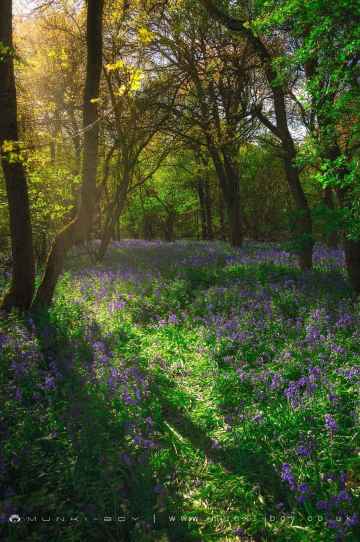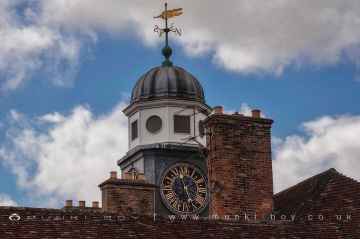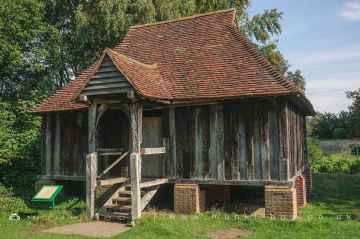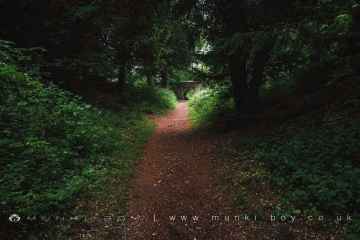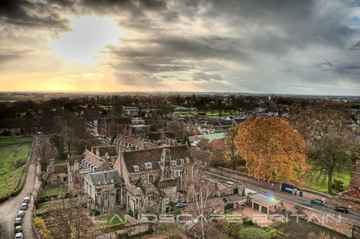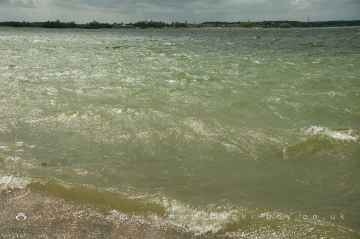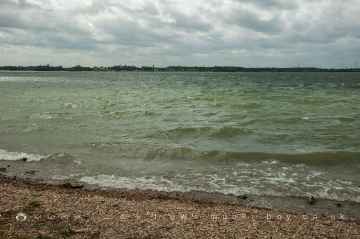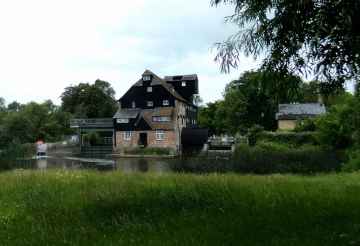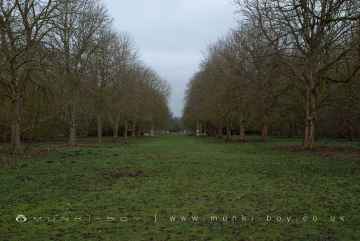Cambridge
Cambridge is a City in the county of Cambridgeshire.
Cambridge postcode: CB1 2
There are great places to visit near Cambridge including some great woodlands, nature reserves, bluebell woods, country parks, hiking areas, historic buildings, ancient sites, cities, villages, lakes, towns, gardens, shopping centres and airports.
There are a several good woodlands in the Cambridge area like Brampton Wood, and Anglesey Abbey.
There are a several good nature reserves in the area around Cambridge like Brampton Wood.
Brampton Wood is a great place to visit close to Cambridge if you like bluebell woods.
There are a number of country parks near Cambridge including Wandlebury, Hinchingbrooke Country Park, Nene Park, and Ferry Meadows Country Park.
Wandlebury is a great place to visit close to Cambridge if you like hiking areas.
Cambridge's best nearby historic buildings can be found at Tadlow Granary, Wandlebury House, Ely Cathedral, Houghton Mill and Waterclose Meadows, Anglesey Abbey, and Lode Water Mill.
Cambridge is near some unmissable ancient sites like Wandlebury Ring,
Don't miss Ely, and Peterborough's cities if visiting the area around Cambridge.
The area around Cambridge boasts some of the best villages including Grafham, and Houghton.
Cambridge is near some unmissable lakes like Grafham Water,
Places near Cambridge feature a number of interesting towns including Huntingdon.
Anglesey Abbey is a great place to visit close to Cambridge if you like gardens.
Queensgate Shopping Centre is one of Cambridge's best, nearby shopping centres to visit in Cambridge.
Cambridge City Airport is one of Cambridge's best, nearby airports to visit in Cambridge.
Cambridge History
There are some historic monuments around Cambridge:
Areas of Cambridge
Like most towns and cities Cambridge is comprised of a number of areas, once separate villages or small towns and parishes now part of Cambridge.
Many of the areas of Cambridge have their own character and places of interest.
Places to see near Cambridge
History of Cambridge
Following the Roman withdrawal from Britain around 410, the location may have been abandoned by the Britons, although the site is usually identified as Cair Grauth listed among the 28 cities of Britain by the History of the Britons. Evidence exists that the invading Anglo-Saxons had begun occupying the area by the end of the century. Their settlement - also on and around Castle Hill - became known as Grantebrycge (“Granta-bridge”). (By Middle English, the settlement’s name had changed to “Cambridge”, and the lower stretches of the Granta changed their name to match.) Anglo-Saxon grave goods have been found in the area. During this period, Cambridge benefited from good trade links across the hard-to-travel fenlands. By the 7th century, the town was less significant and described by Bede as a “little ruined city” containing the burial site of Etheldreda. Cambridge was on the border between the East and Middle Anglian kingdoms and the settlement slowly expanded on both sides of the river. The arrival of the Vikings was recorded in the Anglo-Saxon Chronicle in 875. Viking rule, the Danelaw, had been imposed by 878 Their vigorous trading habits caused the town to grow rapidly. During this period the centre of the town shifted from Castle Hill on the left bank of the river to the area now known as the Quayside on the right bank. After the Viking period, the Saxons enjoyed a return to power, building churches such as St Bene’t’s Church, wharves, merchant houses and a mint, which produced coins with the town’s name abbreviated to “Grant”. In 1068, two years after his conquest of England, William of Normandy built a castle on Castle Hill. Like the rest of the newly conquered kingdom, Cambridge fell under the control of the King and his deputies.









